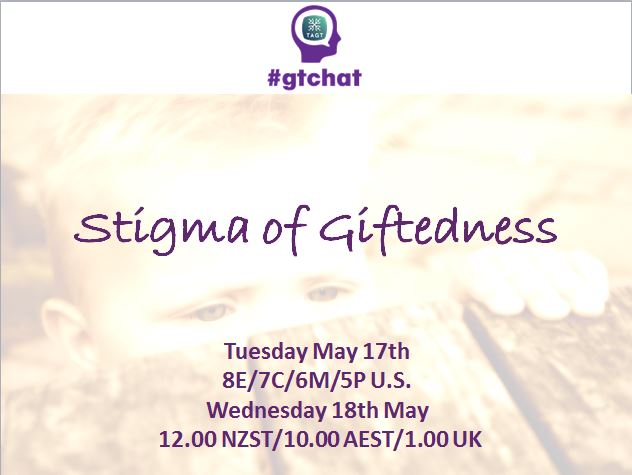Strong-willed gifted children can appear oppositional and fail to respond to traditional behavior interventions. They are characterized as uncooperative, stubborn, defiant, rebellious and arrogant. They can also be thought of as passionate, idealistic, and emotionally intense. Due to asynchronous development, gifted children may have a deep understanding of a problem but lack ability to deal with it.
A gifted child’s behavior is often misunderstood and misdiagnosed by professionals. Many characteristics of giftedness may appear similar to mental health and few professionals have training in gifted issues. Misdiagnosis can lead to inappropriate and ineffectual treatments which make matters worse.
Traditional behavior strategies don’t work because the underlying causes for the behavior are atypical for their age. A gifted child’s refusal to comply is often the result of deeply held yet inconsistent beliefs and feelings of injustice.
What info could be shared with teachers to help them understand this behavior as it relates to giftedness? Few teachers have a background in gifted education; basic information is a good place to start. Teachers need to know that gifted students don’t always know what they are good at; guidance may be needed to direct students to a place of understanding.
Scaffolding, a technique used in teaching, can be applied to helping gifted children deal with their emotions. It is a way to provide positive, but temporary support to a child during an emotional impasse; and can foster emotional growth as it leads to a positive, non-argumentative resolution of behavior issues. Scaffolding with gifted children promotes self-esteem and self-efficacy with long-term impact on reducing negative behavior. (Malonai 2016)
What positive steps can parents & teachers take to help strong-willed gifted children thrive? Parents can help their child discover who they are, their strengths by providing opportunities for recognizing personal strengths. Teachers can encourage students to follow their passions through school activities that challenge and validate them. Both parents & teachers need to provide positive supports before issues arise; celebrate good behavior when demonstrated. A transcript of this chat can be found at Storify.
Global #gtchat Powered by the Texas Association for the Gifted and Talented is a weekly chat on Twitter. Join us Tuesdays at 8E/7C/6M/5P in the U.S. and Wednesdays at Noon (12.00) NZST/10.00 AEST/1.00 UK to discuss current topics in the gifted community and meet experts in the field. Transcripts of our weekly chats can be found at Storify. Our Facebook Page provides information on the chat and news & information regarding the gifted community. Also, checkout our Pinterest Page and Playlist on YouTube.
 About the author: Lisa Conrad is the Moderator of Global #gtchat Powered by TAGT and Social Media Manager of the Global #gtchat Community. She is a longtime advocate for gifted children and also blogs at Gifted Parenting Support. Lisa can be contacted at: gtchatmod@gmail.com
About the author: Lisa Conrad is the Moderator of Global #gtchat Powered by TAGT and Social Media Manager of the Global #gtchat Community. She is a longtime advocate for gifted children and also blogs at Gifted Parenting Support. Lisa can be contacted at: gtchatmod@gmail.com
Links:
7 Ways to Help Your Strong-Willed Gifted Child Thrive
5 Discipline Tips for When Time-Outs Don’t Work
Misdiagnosis and Dual Diagnosis of Gifted Children
Gifted Children: Mood Issues with Gifted Child
Helping Gifted Children Soar: A Practical Guide for Parents and Teachers (Amazon)
The Strong Willed Child, Limit Testing & Why Giftedness Matters
Are Strong-Willed Children Gifted?
Emotional Intensity in Gifted Students: Helping Kids Cope with Explosive Feelings (Amazon)
Parenting Gifted Kids: Tips for Raising Happy & Successful Gifted Children (Amazon)
Emotional Regulation and the Gifted Child
Laughing at Chaos: Real Life Scaffolding
Sprite’s Site: Columbus Cheetah, Myth Buster
Photo courtesy morgueFile CC BY 2.0 Graphic courtesy of Lisa Conrad.









